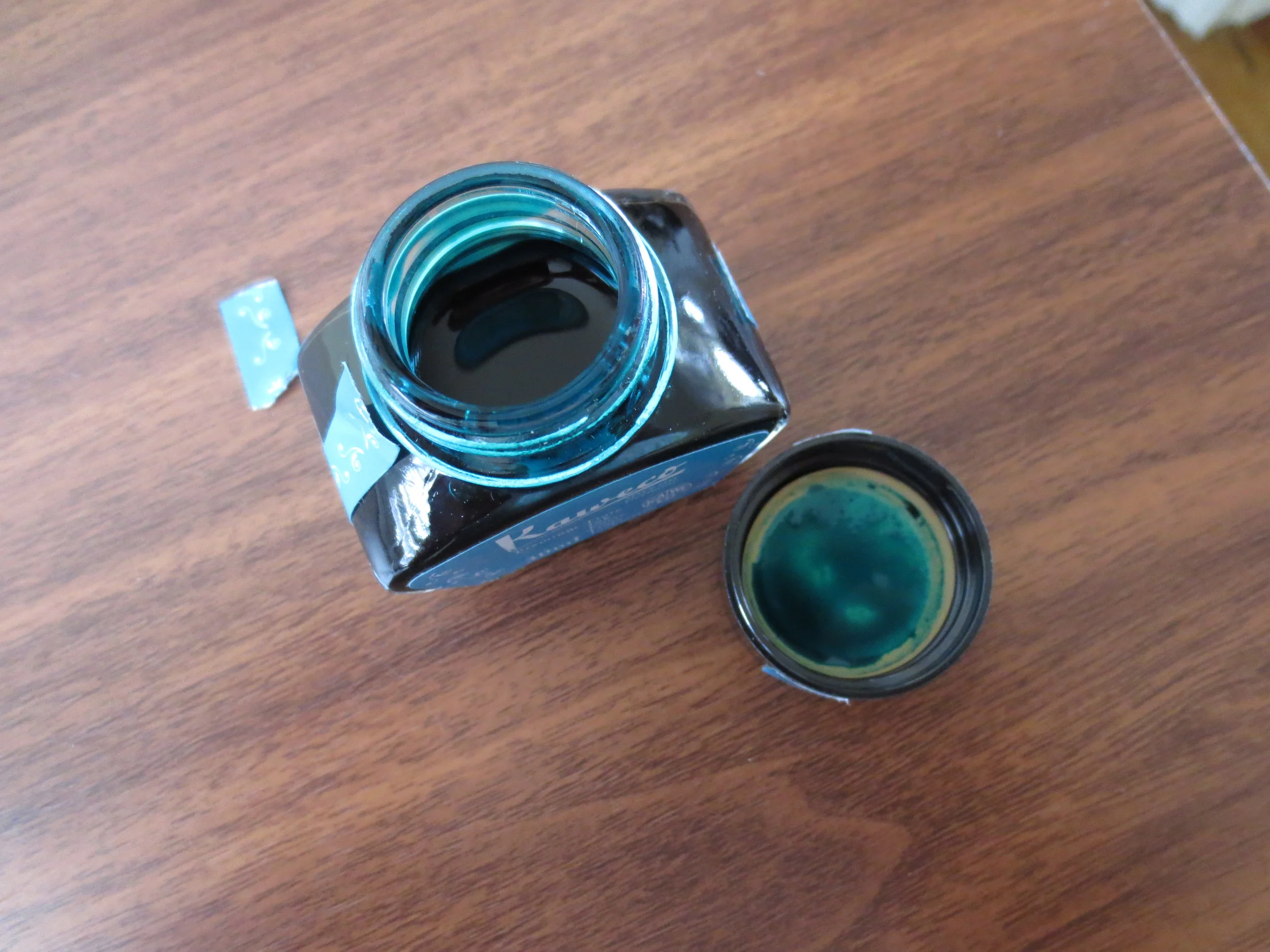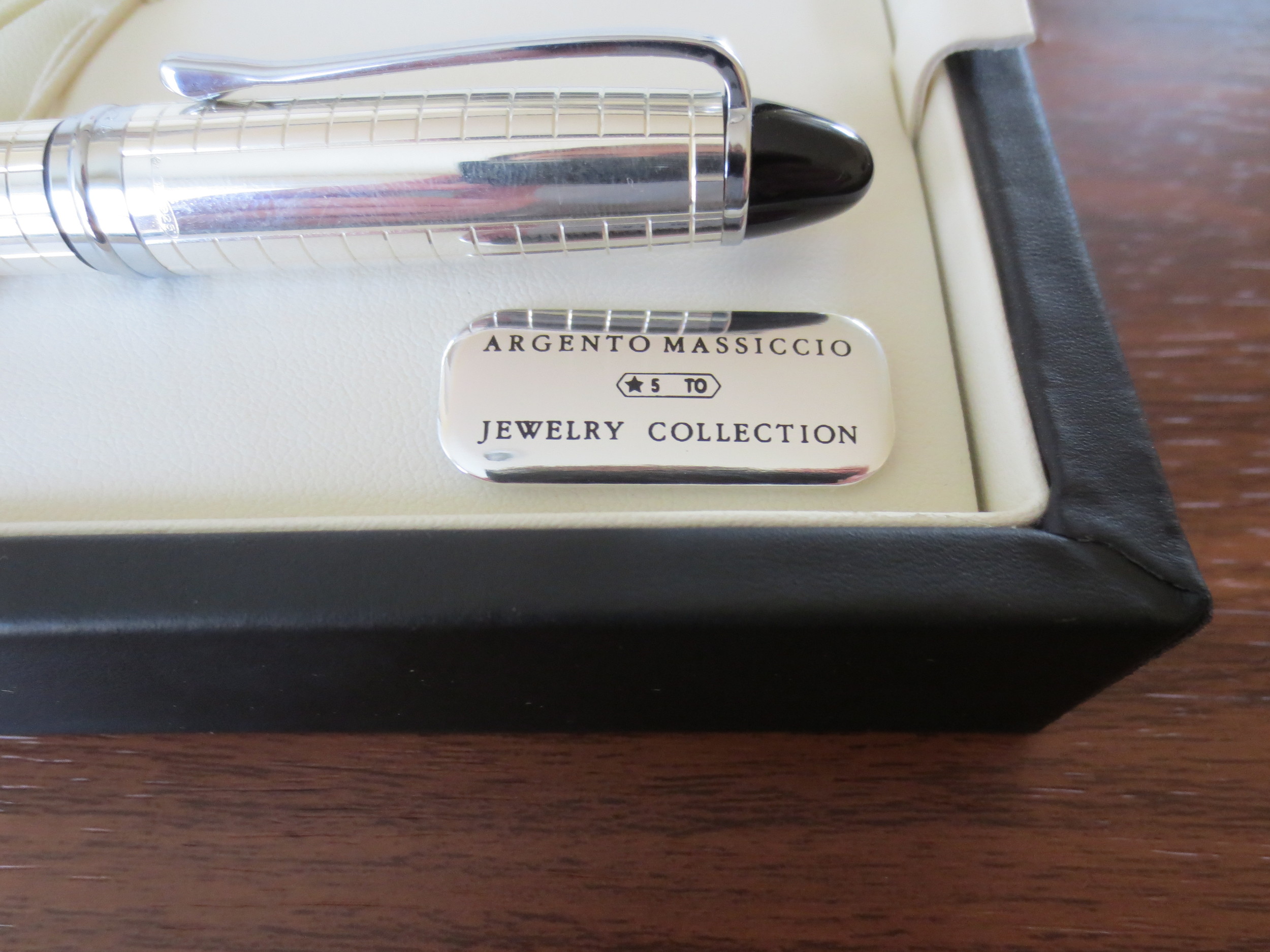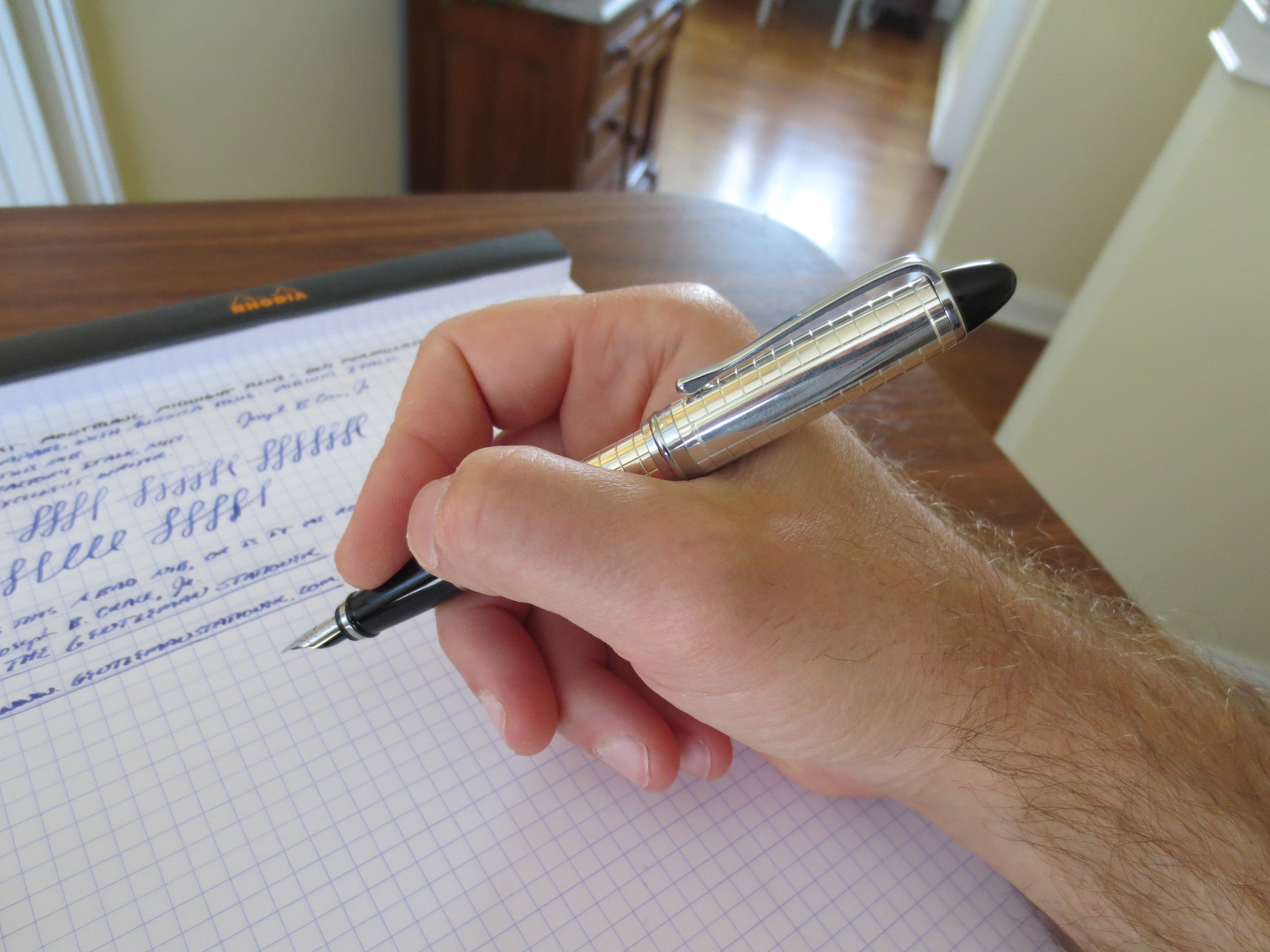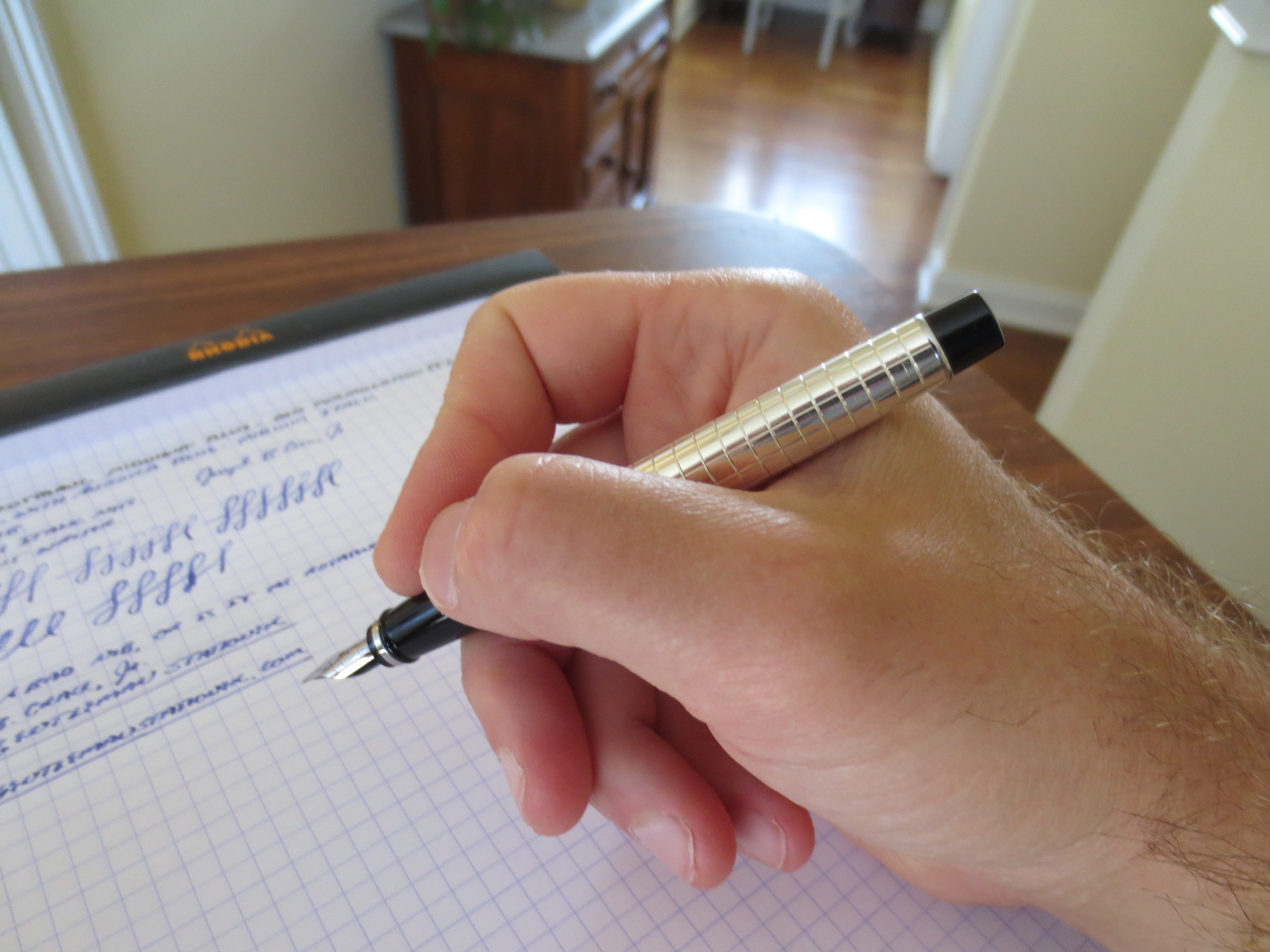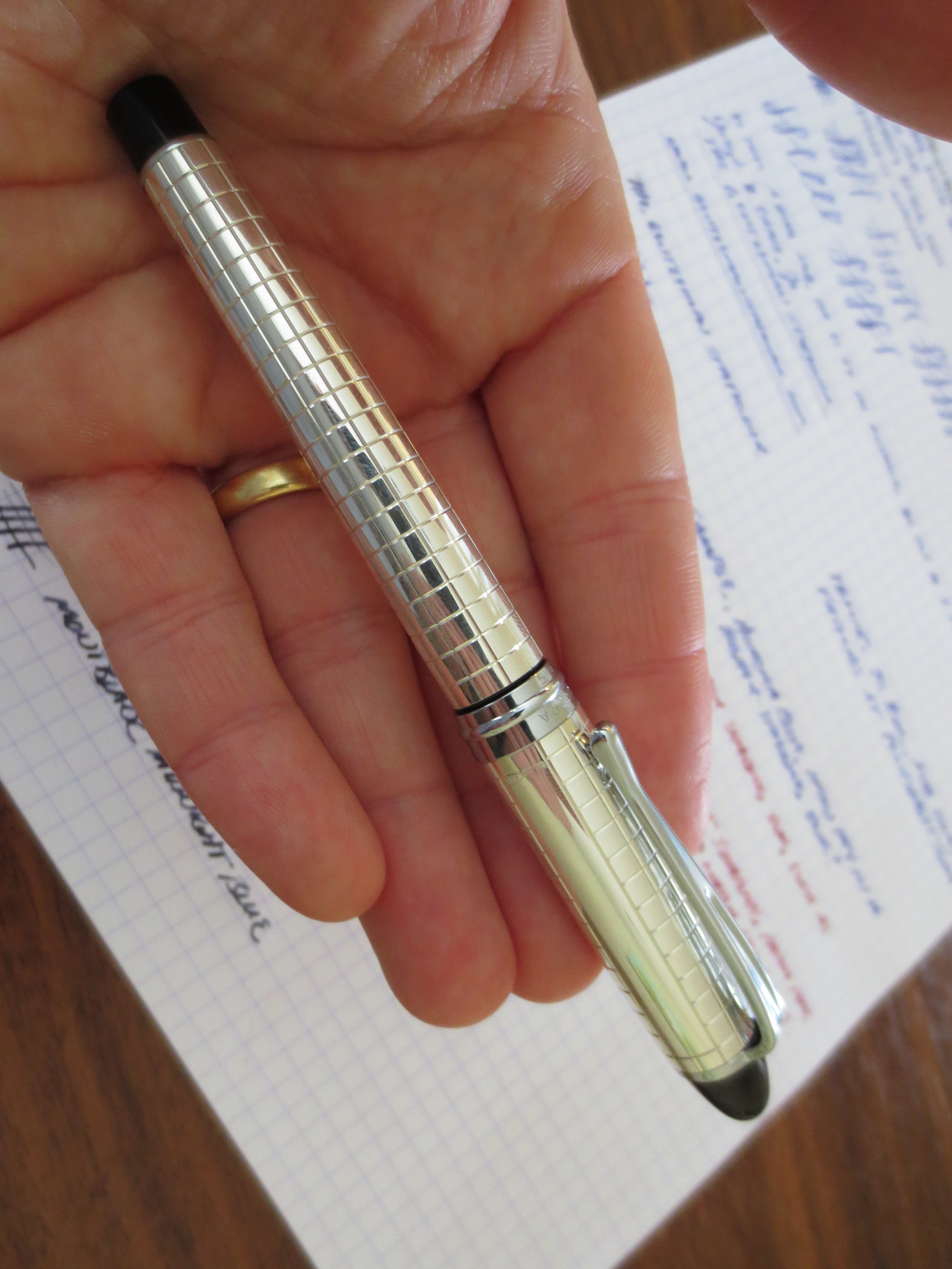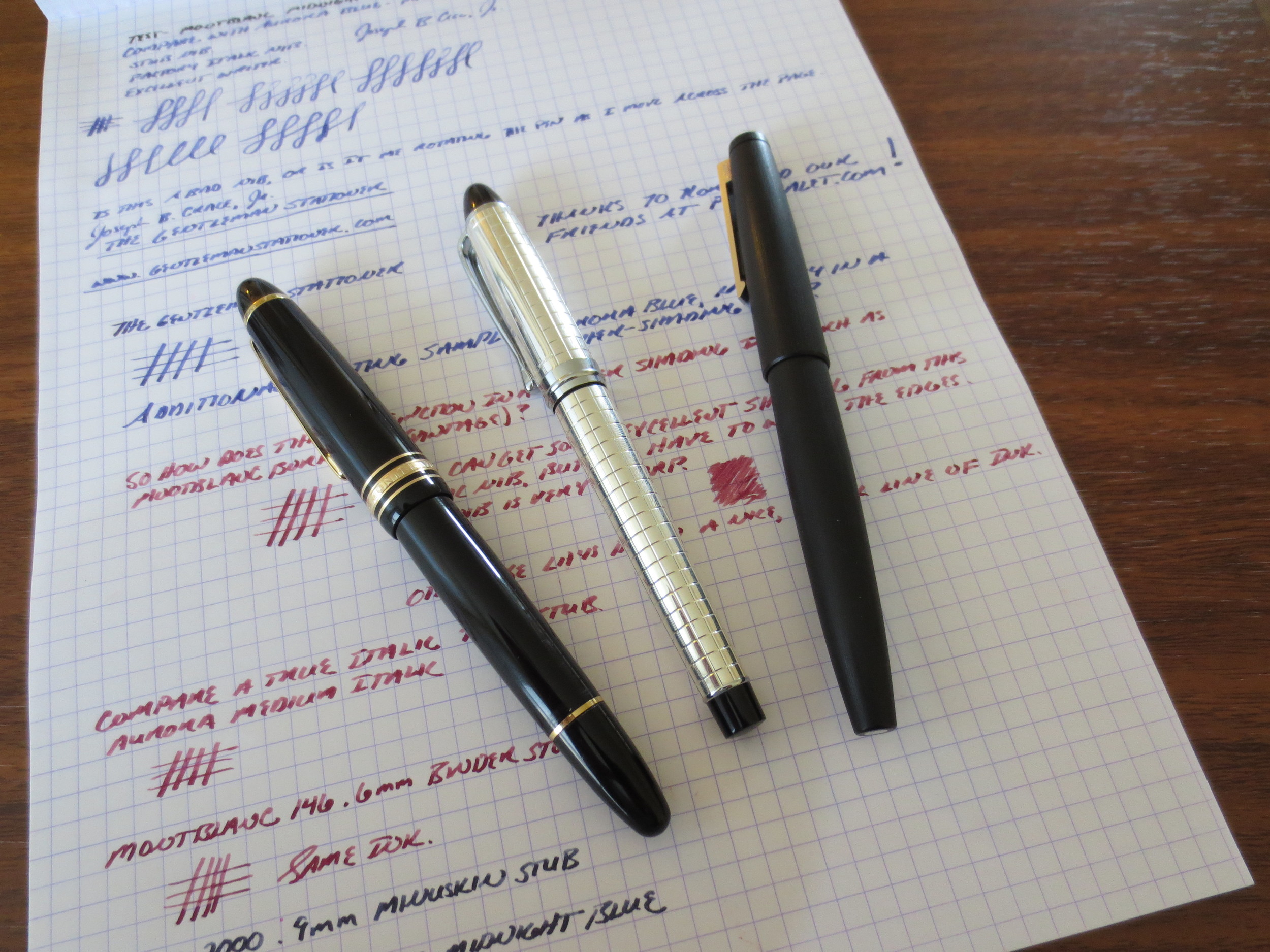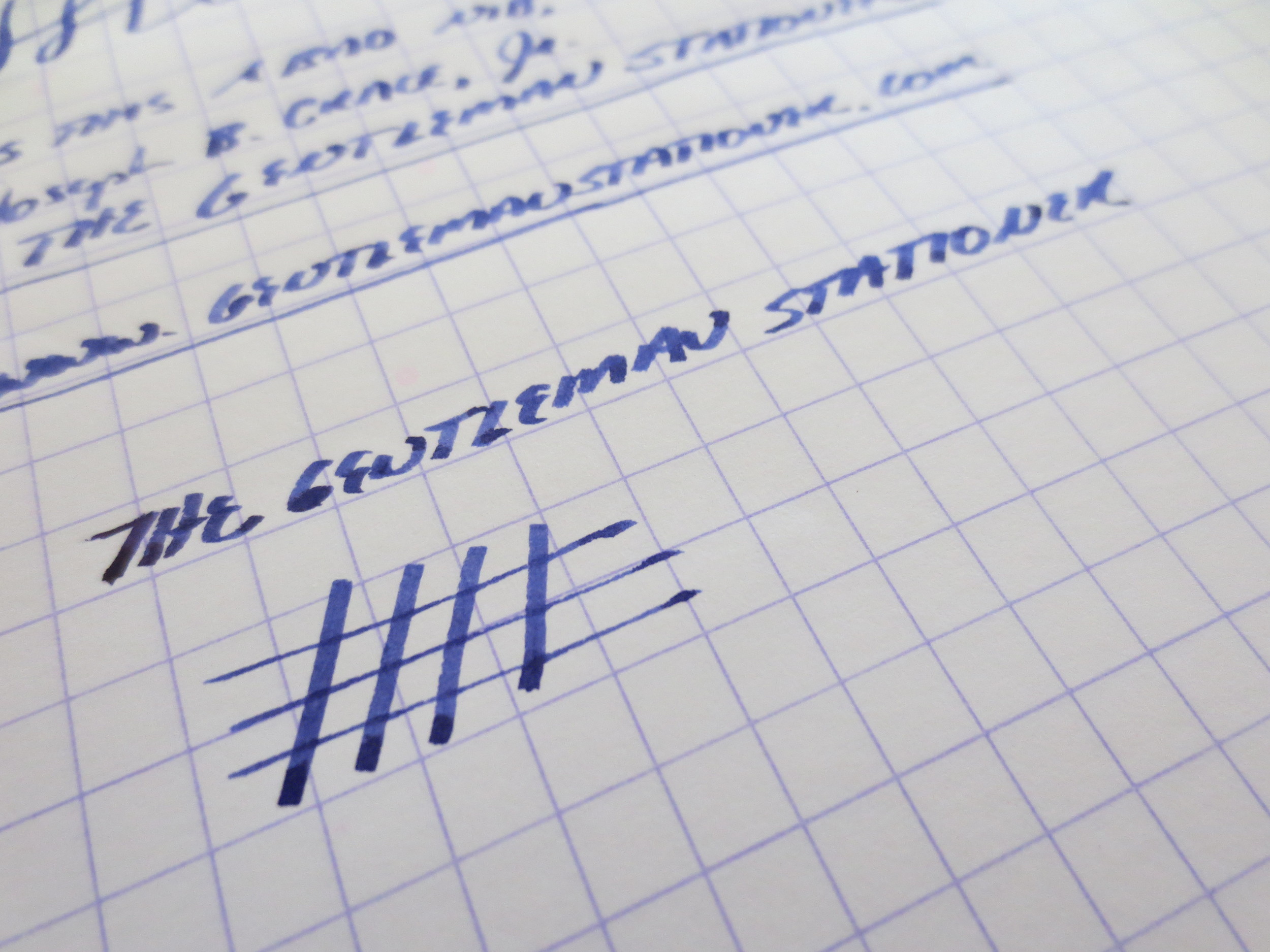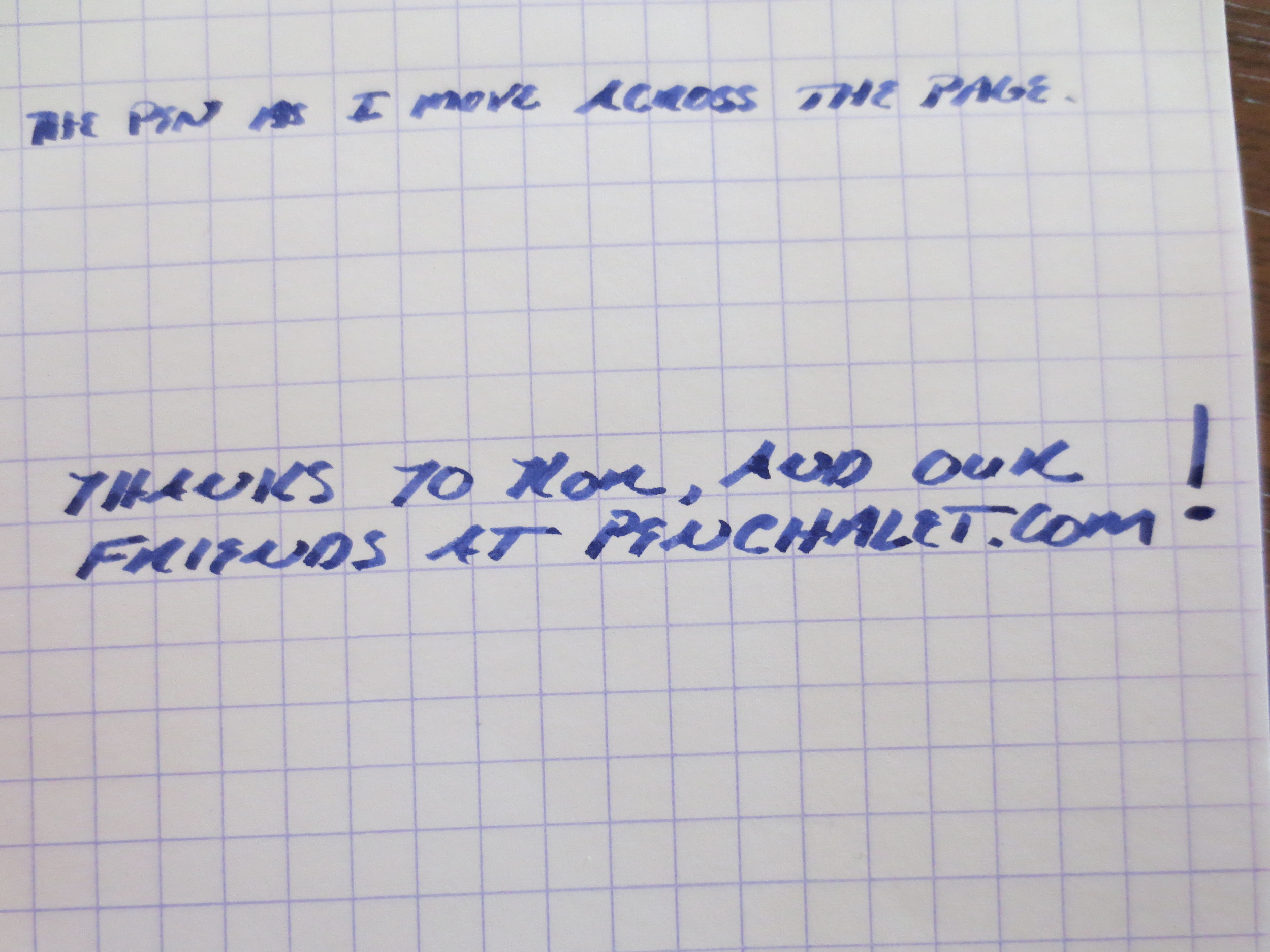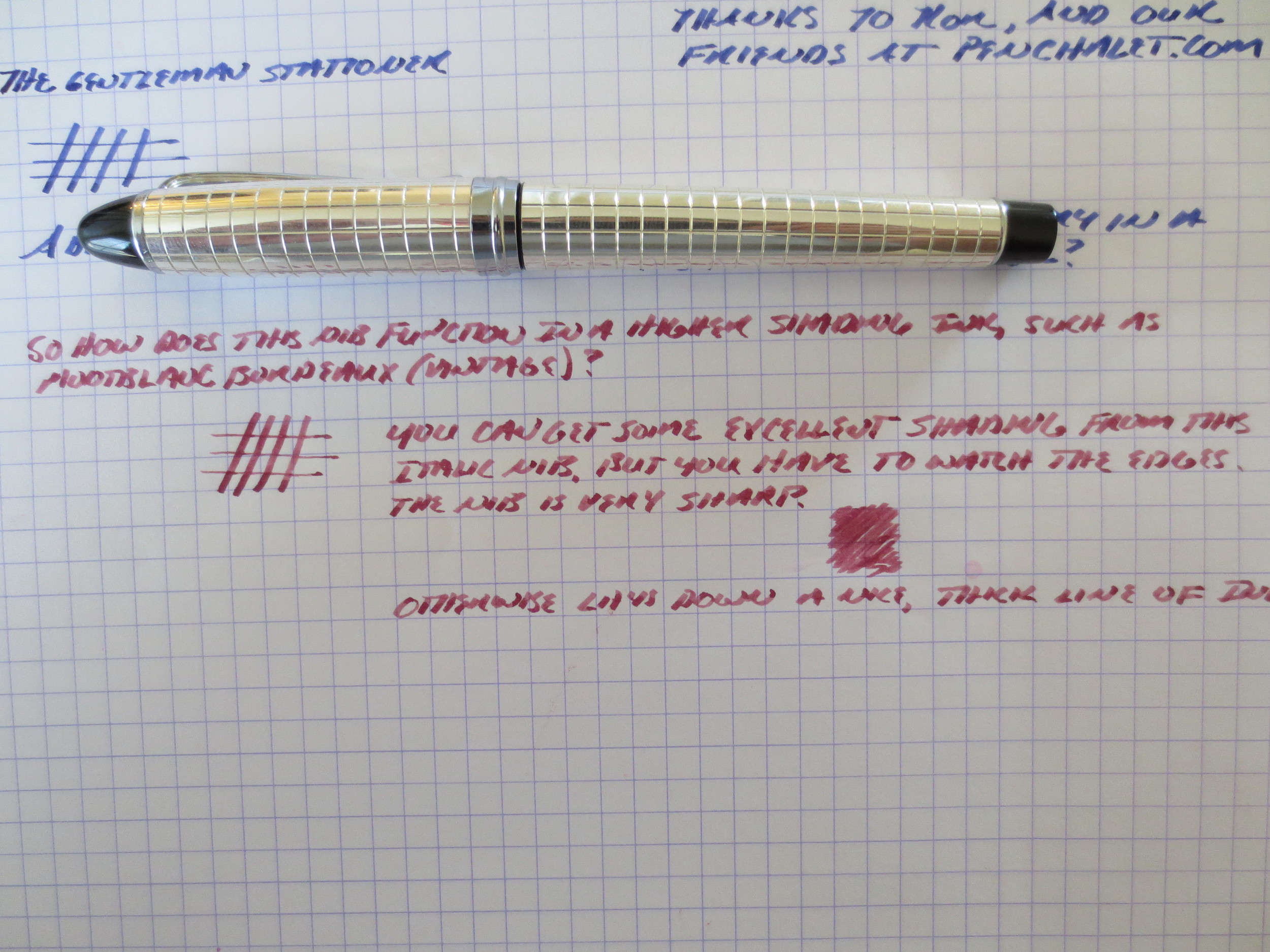I've resisted doing a weekly links post, simply because it's been hard to find the time to squeeze it in, but so many people have been kind enough to link to me over the past few weeks that I felt it was time to pay it forward. This may or may not become a regular feature, but when something interests me I will make every effort to pass it along here.
- Pete Denison has an excellent piece on the "Analog vs. Digital "debate" that has been raging on the internet over the past week. (See more below)
- Patrick Rhone reviews the Pilot Metropolitan over at The Cramped (which contains plenty of great writing on a daily basis).
- Pencil Revolution Turns 10 Years Old.
- Pens, Paper Pencils Reviews two of my favorite things, The Knock Co Sassafras and Sailor Jentle Grenade Ink.
- And finally, what weekly review would be complete without Nick Bilton's magisterial piece on the demise of writing implements in favor of "the finger."
I have to hand it to Mr. Bilton, this latter piece was "thought provoking," and most of us who pay attention to pen-related news read this article at some point during the past week. I won't add to the myriad takedowns of some of Mr. Bilton's ridiculous statements in the article, which has been done far more eloquently (here) and hilariously (here) than I could hope to offer. I also won't attack him personally. For all I know, he very well could be a world-class asshat, or he could be a perfectly pleasant human being working for a distressed publication and struggling to come up with a good idea in time for his deadline.
I will say, however, that the underlying premise of the article--that pens and pencils and paper and other writing instruments are somehow being put out to pasture in favor people writing with their fingers on smartphones and tablets--is flat-out wrong. Handwriting isn't going anywhere anytime soon, nor should it, and it's not just going to survive in the realm of people keeping their personal journals, writing greeting cards, or running marginally relevant websites devoted to their esoteric hobbies.
The organization that I work for is probably a pretty good representation of corporate America in general. Of the 250 people who work in my local office, I know of one--read that, one--who takes notes on an ipad using a stylus. (And it's not really a stylus, it's a ballpoint pen with a stylus tip.) He does it because he claims to be incapable of organizing anything, and this is the one thing he's found that works for him. I know of absolutely nobody who uses their finger to write and take notes. Those people who take all their notes on a laptop are also in the minority, and junior people joining us are actually counseled not to do so. Why? The reasons are too numerous to list here, but I can give you a few:
- It makes people uncomfortable, and even ticks people off. I've been in meetings where someone has been asked to turn their laptop off because the person speaking or presenting either (a) didn't like the feeling that every word he was saying was being recorded or taken down verbatim, or (b) more commonly, didn't feel like the person clacking away at their keyboard was paying attention to them. IMHO, it's much more polite (and, dare I say it, human), to make eye contact with someone while they are speaking and take discrete notes on the important stuff as necessary or appropriate.
- Again, taking notes by hand makes you focus on the important stuff. I can't tell you how many memos summarizing a meeting or interview I've received where four of the five pages consist of mindless recitation of useless information that should never have been recorded in the first place, and the time spent typing it up would have been better spent considering what was actually being said and organizing the writer's thoughts into a more expressive format.
- IT'S NOT PERMANENT. (or at least, you have the choice to make it non-permanent). One of the joyous things about writing by hand is that you can shred/crumple up/scratch out your ill-formed first drafts and preliminary thoughts/conclusions, not to mention that angry rant about your boss or co-worker, and not have it come back to haunt you 5 years later when someone finds it in an old e-mail or in your dropbox. (I have seen this happen more times than I can count, mainly in litigation discovery). I think we're only beginning to see the implications of digitally archiving our entire personal/professional/social/intellectual life for eternity on social media or "in the cloud."
For the record, I'm no Luddite longing for the pre-internet days. I'm 34, own multiple computers, too much software, and love to blog. I do, however, spend a lot of time--way too much time--dealing with the fallout caused by people retaining sensitive digital information in an insecure manner, when they probably didn't need to retain that information at all. I'll stop for now, and go enjoy my Sunday, but we need to take a step back from the mindset that "just because we can make it digital, we should," and carefully consider the advantages and disadvantages of doing so.
